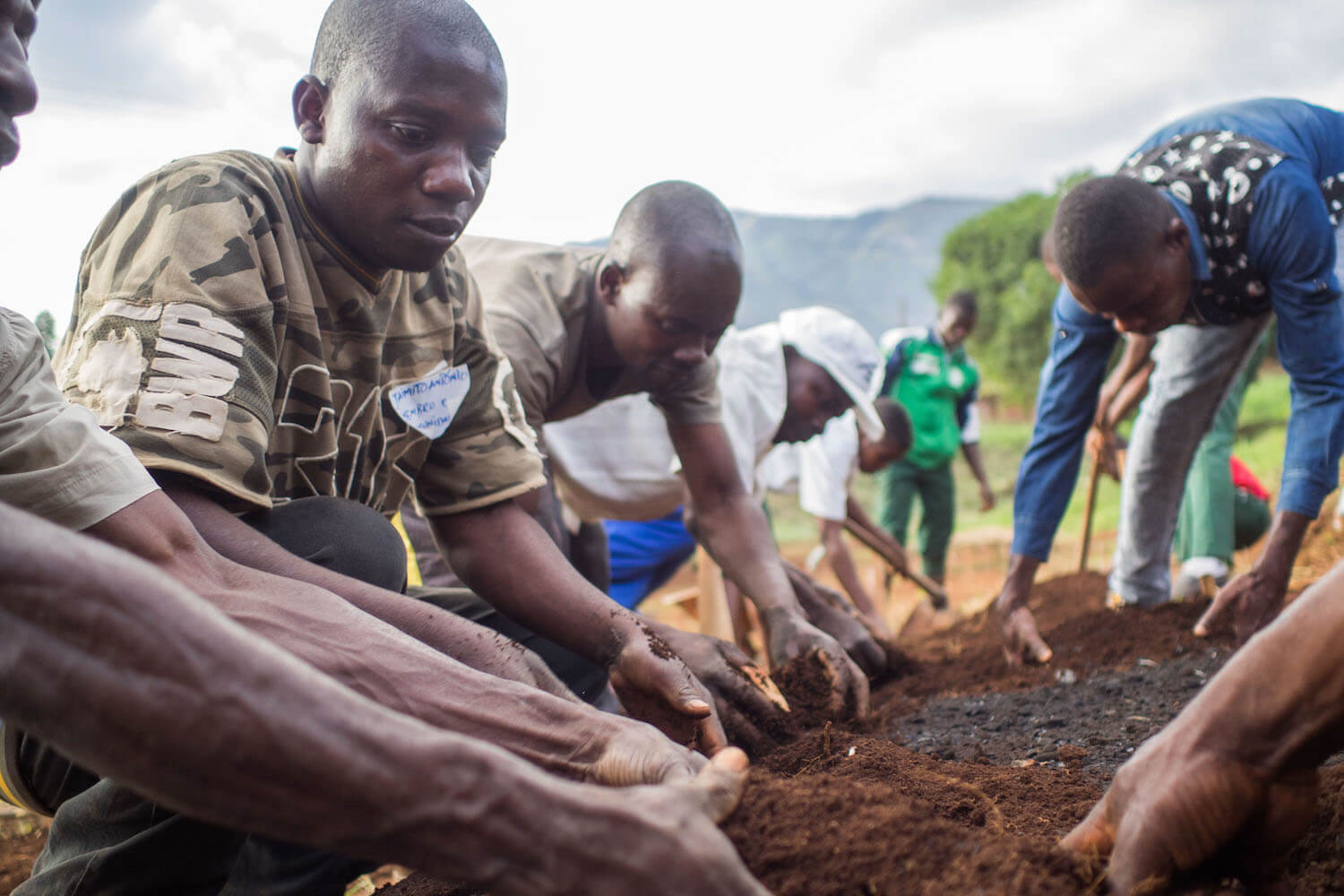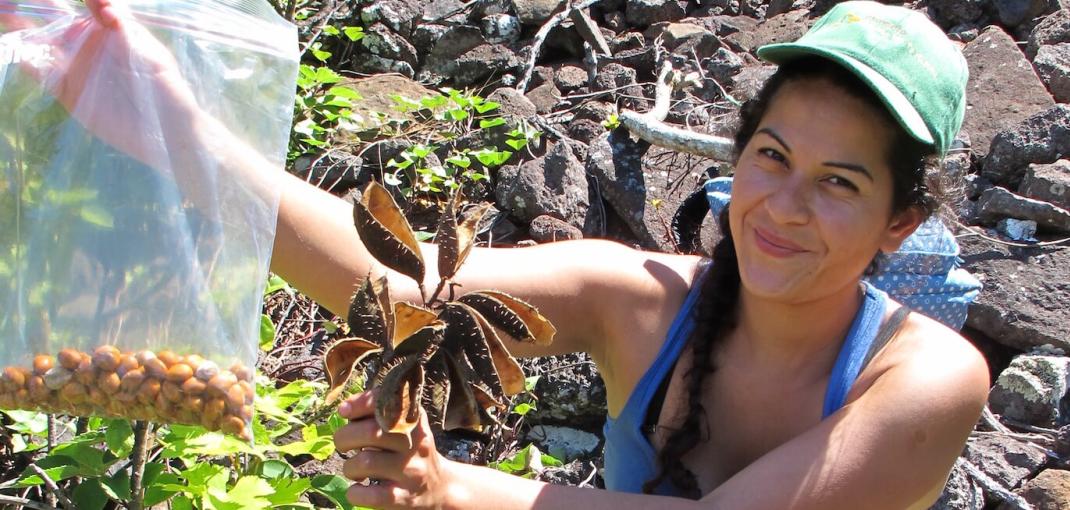Is your organization eligible?
If you represent a government-owned enterprise or institution, you are eligible only if you can establish that the enterprise or institution:
- Has a legal personality independent of any government agency or actor
- Has the authority to apply for and receive private funds
- May not assert a claim of sovereign immunity
Is your project eligible?
CEPF awards two types of grants: small and large. The average size of small grants is US$15,000 approximately. The average size of large grants is US$150,000 approximately. Grants more than US$ 500,000 are awarded only in exceptional cases.
To be considered for CEPF funding, a project must be located within a biodiversity hotspot where CEPF currently works (check the map). The list of eligible countries is listed under each open call for proposals. If you are proposing project activities in a country that is not listed, please check with the CEPF Secretariat or the relevant regional implementation team before preparing your application.
The project must also support at least one strategic direction outlined in the CEPF ecosystem profile for the hotspot. (You can learn more about strategic directions on the Before You Apply page). In addition, the project must not violate CEPF's safeguard policies.
CEPF does not fund the following activities:
- Use of child labor or forced labor.
- Construction or rehabilitation of large or complex dams.
- Payment of salaries or salary supplements to government security personnel.
- Purchase of firearms or other weapons.
- Activities that promote the trade in or use of any substances listed under the Stockholm Convention on Persistent Organic Pollutants, or other chemicals or hazardous materials subject to international bans, restrictions or phaseouts due to high toxicity to living organisms, environmental persistence, potential for bioaccumulation, or potential depletion of the ozone layer.
- Purchase and use of pesticides that fall in the World Health Organization classes IA and IB, or in class II if they are likely to be used by, or be accessible to, lay personnel, farmers or others without training, equipment and facilities to handle, store and apply these products properly.
- Physical resettlement of people (voluntary or involuntary).
- Purchase of land.
- Activities that have the potential to cause adverse impacts to critical habitat.
- Activities that introduce or use potentially invasive, non-indigenous species.
- Removal or alteration of any tangible cultural heritage.
How can I increase my chances of having my project funded?
Priority will be given to projects that are the closest fit to the investment strategy set out in the CEPF ecosystem profile.
Preference will also be given to projects that demonstrate a leading role for local organizations and/or an explicit focus on capacity building for local civil society.
Projects that show that they will coordinate with other organizations to prevent duplication of efforts are preferred, as are projects that work with partnerships and alliances.
Other considerations that will strengthen an application include:
- Endorsement from relevant government authorities
- Clear plans for continuing the project after the CEPF funding is complete
- Support for indigenous and local communities in community-based or co-management activities for biodiversity conservation and actions that enhance local communities’ tenure and resource use rights
Get inspired! Visit our Project Database to see examples of CEPF-funded projects.






